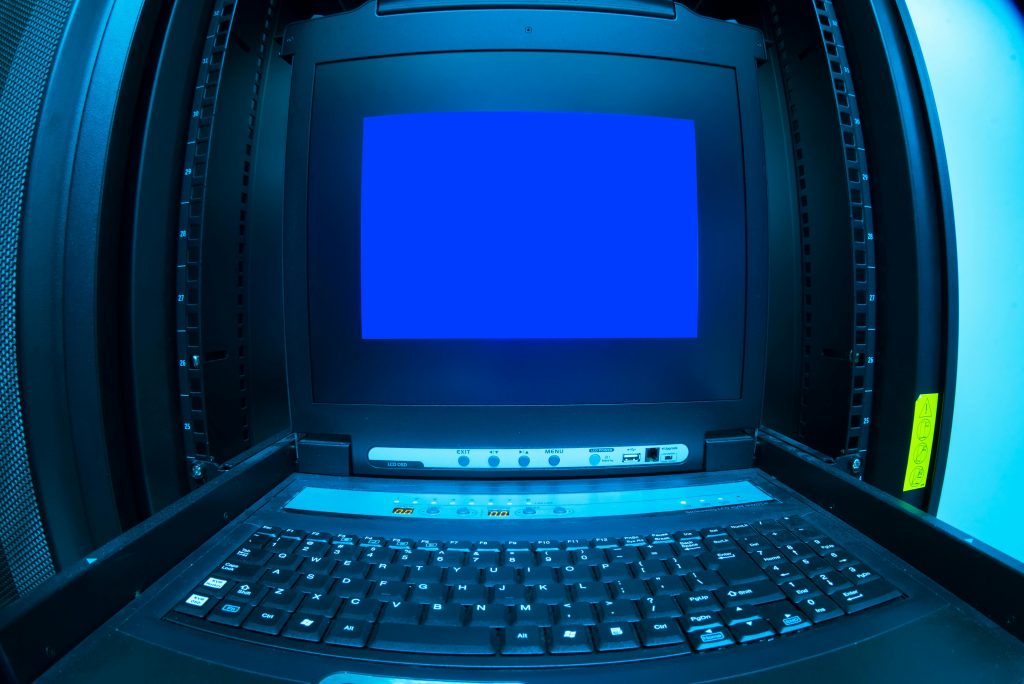Recovering Video Footage from a MicroSD Card Originally Used in a Nintendo 3DS
Experiencing data loss or inaccessible files can be frustrating, especially when dealing with precious travel footage. If you’ve reused a microSD card initially employed in a Nintendo 3DS console for recording videos with a different device, you might encounter challenges in retrieving your recordings. This guide aims to help you understand potential issues and outline effective solutions for recovering your vital video files.
Understanding the Situation
Imagine you recorded your travels using a new camcorder-style device. Instead of using a dedicated SD or microSD card, you inserted a microSD card previously used in a Nintendo 3DS. While the camcorder recognizes that recordings were made, attempts to access these files on your MacBook, laptop, or iPhone result in no visible footage, and the device’s file explorer fails to detect the SD card’s contents.
This scenario raises several questions:
– Why don’t the devices recognize the footage?
– Is the microSD card incompatible or corrupted?
– How can you recover the missing videos?
Potential Causes
-
File System Compatibility:
The microSD card from the Nintendo 3DS might use a proprietary or less common file system that your current devices don’t recognize directly. The 3DS often uses exFAT or FAT32, but sometimes, due to corruption or specific configuration, the file system may become unreadable or hidden. -
File Encryption or Protection:
Some devices apply proprietary encryption or file management protocols, making external access difficult. Even if files appear to be stored, they may be inaccessible without the original device. -
Corruption or Formatting Issues:
Improper ejection, abrupt power loss, or re-partitioning might cause the storage medium to become corrupted, preventing standard recognition.
Step-by-Step Solutions for Data Recovery
1. Verify Hardware and Connection
- Use a high-quality microSD card reader to connect the card to your computer rather than relying on adapters or built-in slots, which might have compatibility issues.
- Ensure the SD card is properly inserted and visible on your system (check Disk Utility on Mac or Disk Management on Windows).
2. Use Disk Utility or Disk Management
- On Mac: Open Disk Utility to see if the microSD card shows up. If detected but not mounted, try mounting it manually.
- On Windows: Use Disk Management to check the status. If the
Share this content:



